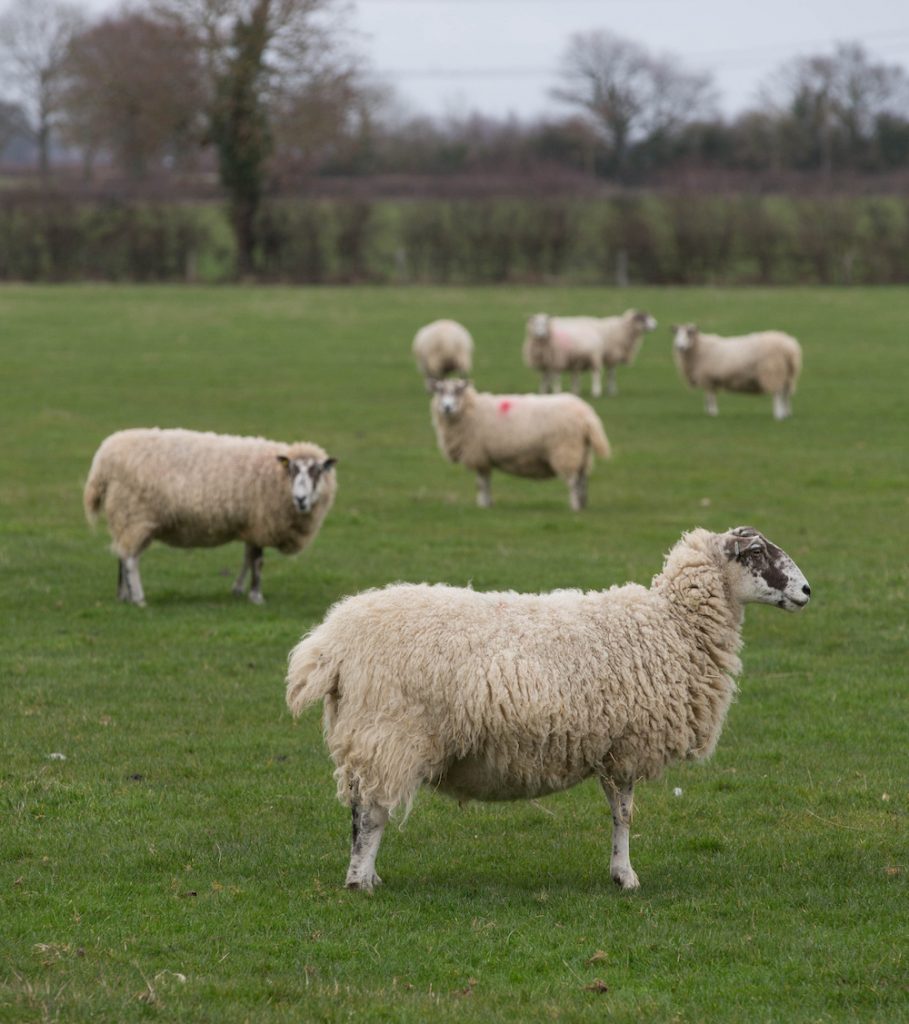Nutrient warning for outwintered stock
18th December 2019
Heavy rainfall and saturated ground conditions have left pastures lacking in nutrients for out-wintered sucklers and ewes, nutritionists have warned.

Image © Tim Scrivener
Heavy rainfall and saturated ground conditions have left pastures lacking in nutrients for out-wintered sucklers and ewes, nutritionists have warned.
Dr Alison Bond, nutritionist for Rumenco, said rainfall has been so substantial in many parts of the country that out-wintering sheep and beef cattle are grazing nothing more than ‘green water’.
“Grass may look plentiful at the moment, but in these conditions, it is typically extremely wet and of low quality,” she added.
The high moisture content will prevent pregnant cattle and sheep from consuming sufficient dry matter, making it difficult to meet intake and nutrient demands during critical foetal development in late pregnancy.
Dr Bond says that supplementing pastures with poor quality forage or straw will help to provide dry matter to fill the rumen, without adding condition to the animal. Grazed and supplemented forage will need to be assessed for quality and quantity, to determine how much additional dry matter is required.
“For livestock that had adequate body condition at breeding, forage needs to be low in energy to ensure body condition is maintained ahead of lambing and calving,” she explained. “Adding on unnecessary weight during mid to late gestation will predispose livestock to metabolic issues like milk fever and could result in dystocia.”
Low quality forage or straw must be balanced with protein, vitamins and minerals, she added – for example by feeding a high protein mineral block or low moisture bucket to help with intake and utilisation of rough grazing.
“A feed and mineral block like Rumevite Hill Grazer for in-lamb ewes in hill grazing situations or a low moisture feed bucket like Promaxx for in-lamb ewes and in-calf suckler cows will provide adequate protein supplementation while also delivering essential vitamins and trace elements that tend to be diluted in high moisture forage,” she said.
“This includes trace elements like selenium, cobalt and zinc that are essential during foetal development.”
